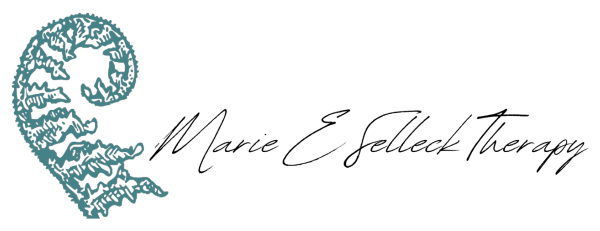5 Warning Signs of Substance Abuse: How to Recognize When You Have a Problem
Substance abuse disorders affect millions of Americans, yet many struggle to identify when casual use becomes dependency. As a licensed therapist specializing in addiction recovery, I've helped many clients recognize early warning signs of substance use disorders. Here's what you need to know about identifying potential addiction problems.
1. Preoccupation with Using Substances
A key red flag of substance abuse is persistent preoccupation with obtaining and using drugs or alcohol.
Signs of substance preoccupation include:
Planning daily activities around opportunities to use substances
Experiencing intrusive thoughts about substance use during important tasks
Feeling anxious when uncertain about when you can use next
Dedicating significant mental energy to planning how to get substances
When thoughts about substance use consistently override other priorities, this fixation may indicate a developing addiction problem.
2. Tolerance and Escalating Use
Substance dependence often reveals itself through changing consumption patterns that show your body adapting to the substance.
Watch for these tolerance indicators:
Needing higher doses to achieve the same effects
Using substances more frequently than intended
Failed attempts to cut back or moderate use
Extending use beyond planned timeframes
The need for increasingly larger amounts to achieve the desired effect is a clinical sign of developing substance use disorder.
A key red flag of substance abuse is persistent preoccupation with obtaining and using drugs or alcohol.
3. Neglecting Responsibilities
Substance abuse begins to disrupt normal functioning, interfering with your ability to meet obligations.
Key impairment signs include:
Declining work performance or unexplained absences
Withdrawal from family obligations and relationships
Abandoning previously enjoyed hobbies and activities
Missing deadlines or appointments due to substance use
When substance use regularly takes precedence over core responsibilities, addiction treatment professionals recognize this as problematic use.
4. Continuing Use Despite Negative Consequences
Perhaps the most definitive characteristic of substance abuse is persistent use despite experiencing clear negative outcomes.
Problematic patterns include:
Relationship conflicts directly attributable to substance use
Financial difficulties resulting from substance purchases
Deteriorating health conditions related to substance use
Legal problems including DUI charges or possession offenses
Worsening symptoms of co-occurring mental health disorders
Continuing substance use despite these addiction-related consequences suggests that dependence has overridden normal decision-making processes.
5. Withdrawal Symptoms or Self-Medicating
Physical and psychological dependency manifests through withdrawal symptoms when substance levels decline in your system.
Common withdrawal indicators:
Experiencing anxiety, irritability, or restlessness when unable to use
Developing sleep disturbances when attempting to reduce consumption
Using substances primarily to feel "normal" rather than for pleasure
Physical symptoms like tremors, sweating, or nausea when stopping
Using primarily to prevent these uncomfortable withdrawal symptoms indicates your brain chemistry has adapted to the substance, requiring professional intervention.
Getting Help for Substance Abuse
If you recognize these substance abuse warning signs, know that effective treatment options exist. Early intervention leads to better recovery outcomes.
Getting Help for Substance Abuse: Finding the Right Level of Care
If you recognize these substance abuse warning signs, several treatment options exist across a spectrum of care:
Outpatient Substance Abuse Therapy is appropriate for mild to moderate substance use disorders when you can safely maintain your daily responsibilities and mitigate higher risks. If you feel this is right fit, reach out to Marie who specializes in addiction recovery and has her Certified Advanced Drug and Alcohol Counselor (CAADC) credentials.
Intensive Outpatient Programs (IOPs) offer structured treatment for about 3-hours per day, 4 days per week, while allowing you to live at home. This level works well for those needing more support than weekly therapy.
Medication Assisted Treatment (MAT) are medications prescribed through a medical provider to reduce urges and cravings. Examples of MAT are Buprenorphine/Suboxone for opioid use or Naltrexone/Vivitrol for opioid or alcohol use. Keep in mind that successful outcomes increase when someone on MAT is also attending therapy to work on root causes of the substance use.
Detox + Residential/Inpatient Rehabilitation offers 24/7 care in a controlled environment for up to 90-days. This highest level of care is essential for those with severe addiction, dangerous withdrawal potential, co-occurring mental health challenges, or previous treatment failures.
Remember that seeking addiction recovery support isn't shameful—it's a courageous step toward healing. With proper treatment, recovery from substance use disorders is achievable, along with freedom from the guilt and shame that often accompany addiction.


